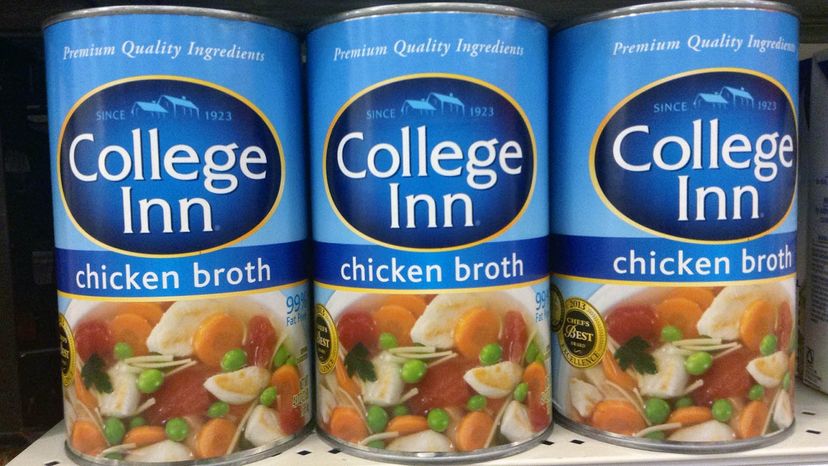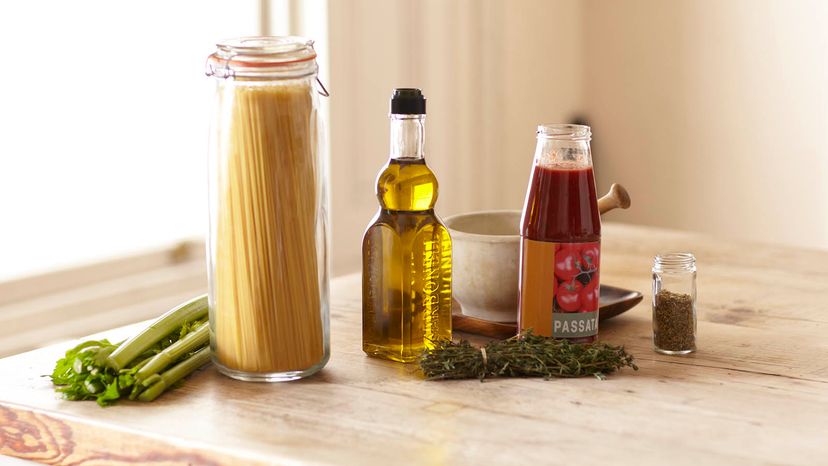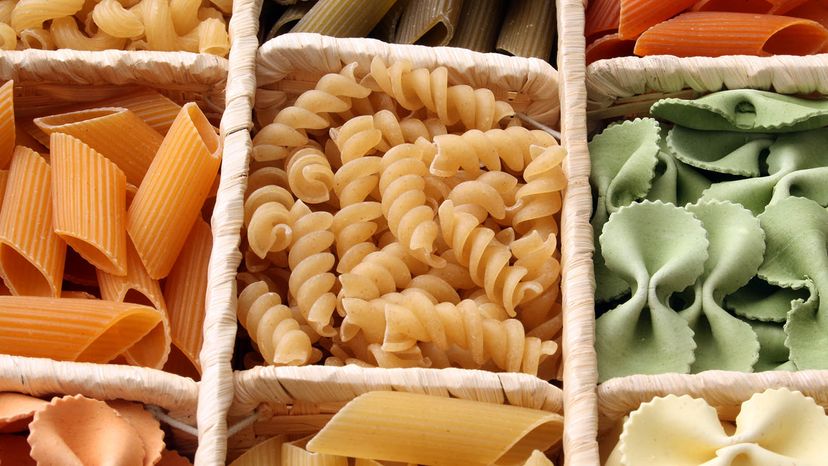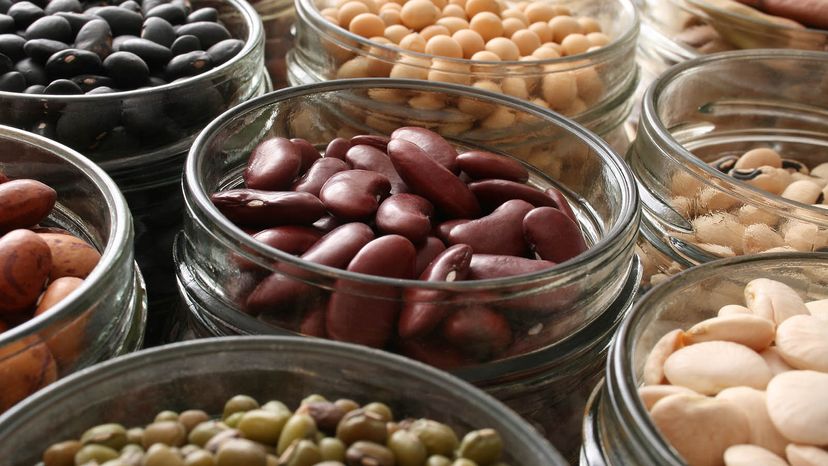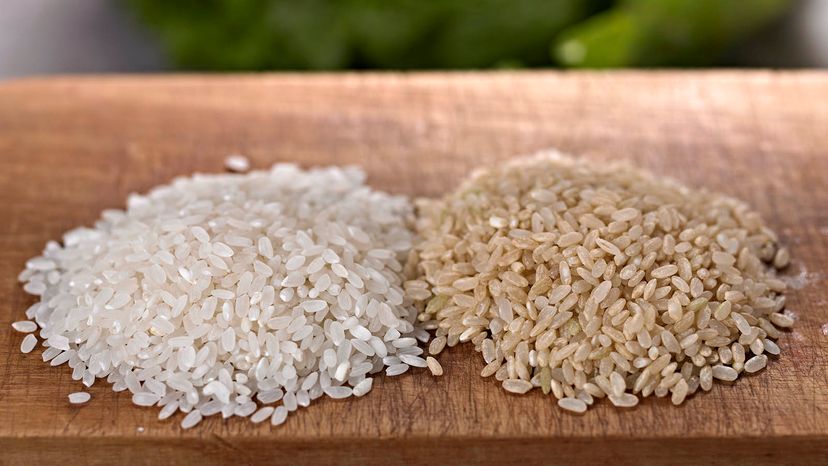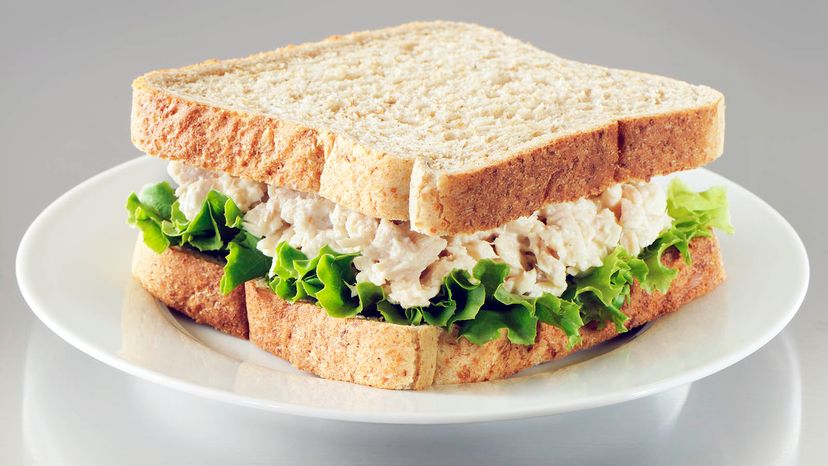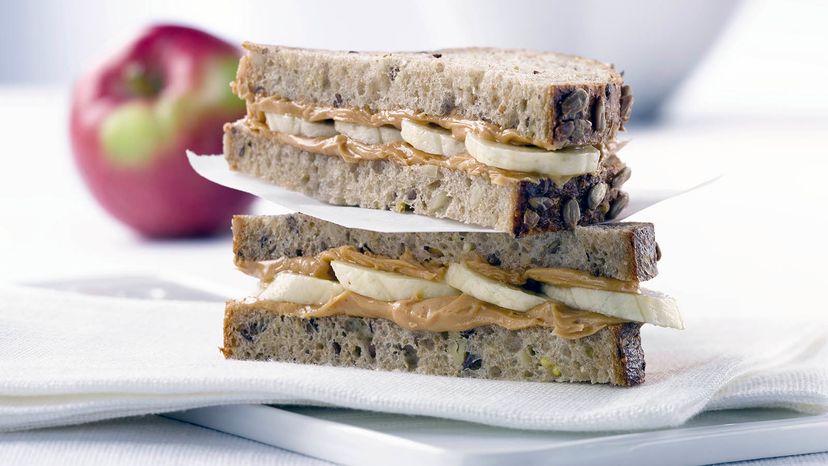
Having a well-stocked kitchen pantry is important for a couple of reasons. It not only provides you with healthy and nutritious options for cooking at home, but with your busy, on-the-go lifestyle, it's also helpful to have a pantry full of last-minute dinner options.
But a fully-stocked pantry can also be critical in times when you can't get out of the house, like when bad weather hits (think major snowstorm) or even during a national crisis.
Advertisement
So if you haven't stocked your pantry lately, consider doing it now. Having a versatile selection of dry goods at your fingertips is way cheaper than nightly takeout. Here's a list of 10 items you should always have on hand in a well-stocked pantry.


